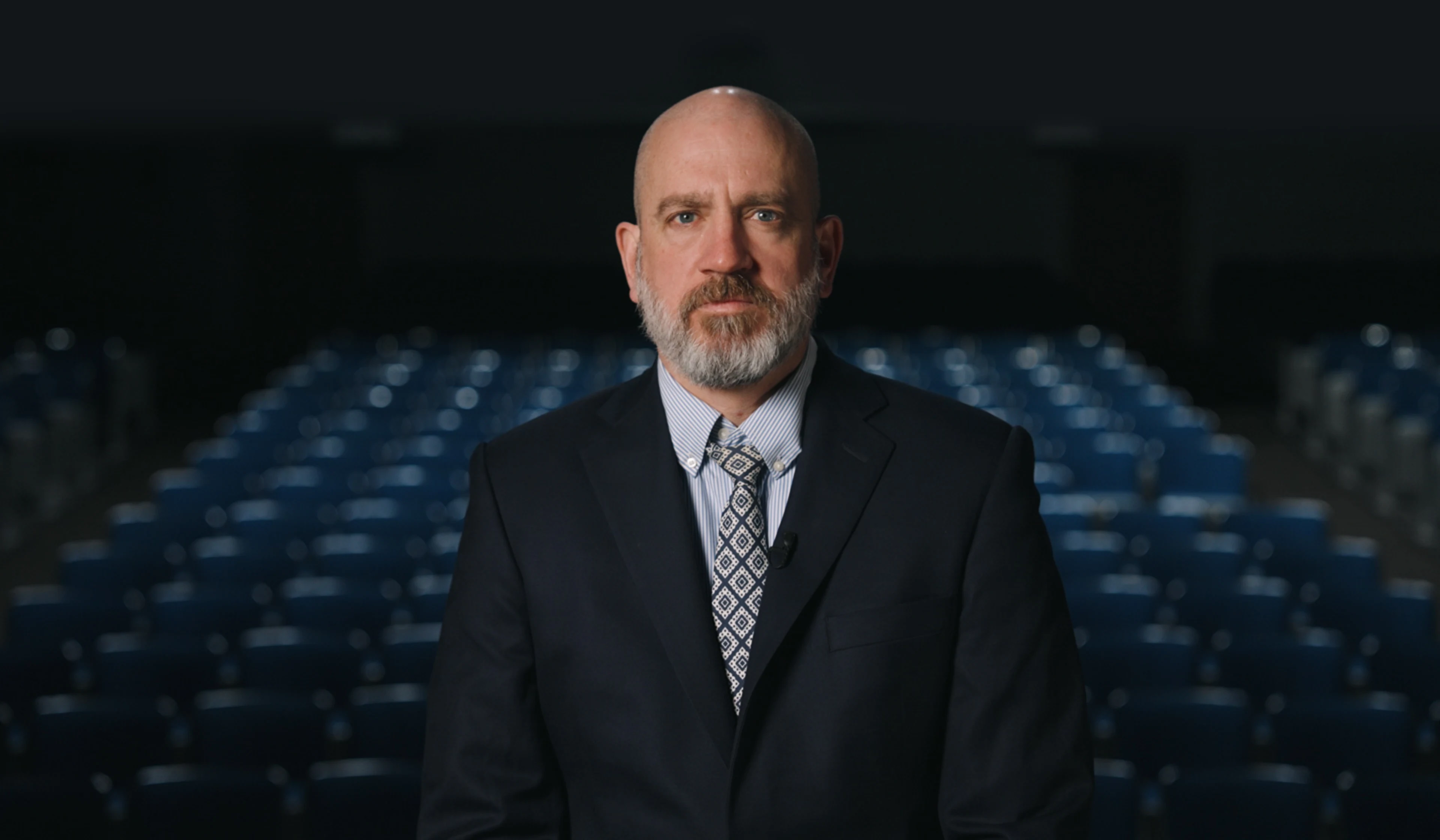
Back to blog
Education
April 10, 2024
It’s Easy to Be a Cog
Consider again that critique from the book Academically Adrift. The authors Richard Arum and Josipa Roksa do not just argue that college is getting generally easier. It is not simply that students do not study as long as they used to or have to do as many homework problems as they used to. The lowering of the standards is connected to a change in the kind of education that is being given. Graduates are no longer challenged to “develop the higher-order cognitive skills.” So, this weakening of the standard has resulted in a changed quality of education, not just quantity. There is a kind of thinking that is not being passed on by our colleges because the education that they provide no longer requires it. I would argue that this shift in the kind of education that colleges give is a direct result of a shift, over the past century, in our understanding of the purpose or ultimate goal of education. In short, we have lost our way in regard to the “why” of education, and the resulting confusion has had deleterious effects on the quality of our colleges.
Here is what I mean—if you ask any student on a college campus today the simple question, “What is the purpose of your college education?” almost certainly the answer will be “So that I can get a job.” In America, the widely understood purpose of a college education (and increasingly the purpose of all education) is to provide certain qualifying skills specific to a particular career path. Put another way, we now think of education simply as vocational certification—that piece of paper that gets you a job. But this was not always the case. To understand how we got to where we are, we need to backtrack a little more than a century.
We now think of education simply as vocational certification—that piece of paper that gets you a job. But this was not always the case.
When the land grant universities were first founded by the Morrill Acts (1862 and 1890), they were established in order to promote a new branch of study consisting of what was then referred to as the “useful arts,” namely the more utilitarian and technical studies of engineering and agriculture. At the time, these were the disciplines necessary to build the infrastructure of a young nation going through a tremendous growth spurt. The land grant universities supplied the leadership and vision for the United States’ leap in engineering and agriculture at the end of the nineteenth and beginning of the twentieth centuries.
Of course, once one has granted the category of “useful arts,” it becomes difficult to avoid the obvious inference that the other subjects must be the “useless arts.” When the term useful arts was first coined, the intent was to distinguish technical training from the traditional liberal arts. Thus, over the past century, as the “useful arts” have flourished on our college campuses, we have also seen the long, slow demise of the classic liberal arts—the study of literature, philosophy, history, etc. These subjects have been slowly overshadowed by the more clearly vocationally oriented majors.
But this shift towards the “useful arts” in higher education was not driven solely by pragmatic needs. In reality, there was a massive transformation afoot in American education. Over the course of the twentieth century, the progressive movement worked first to get a near monopoly on education through the public school system, then to gut that education of the Christian liberal arts, and then finally to reorient our educational institutions to focus on generating vocational skills.[1] We went from producing thinkers to workers.
We went from producing thinkers to workers.
Now, I get that at first, your reaction might be something like—“Actually, I’d prefer a young man who knows how to roll up his sleeves and get to work much more than a young man who has been trained to spend his days in idle speculation. So, isn’t it possible that this could be a fruitful trajectory for our schools?” I think we can answer that objection simply by looking around us now. Are we now graduating a generation of diligent laborers? A generation far more industrious than their forefathers?
No, we are not. And the reason is that the shift from the liberal arts to vocational certification has not resulted in an actual shift from thinkers to doers. Instead, it has resulted in a shift from leaders to followers. The progressive movement has used the illusion of practicality and utility to replace the robust liberal arts education with vocational certification. College students are no longer being taught how to think for themselves. Instead, they are being taught how to do what they are told.
Instead, it has resulted in a shift from leaders to followers.
That’s the reason why modern college students do not need to work nearly as hard as their predecessors did in order to pass their classes. It takes far less work to train to be a cog than it does to become a leader.
Take the next step. Become a leader at NSA.
Click here to learn more.
[1] I’m fully aware that the claim made in this sentence could take an entire book to unpack. But that is outside the scope of this current work. I suggest The Battle for the American Mind, by Peter Hegseth and David Goodwin as a good place to start for those who desire to read more deeply on this question.